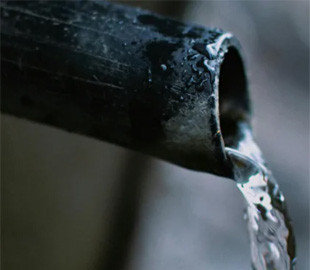
New technology makes it possible to use heat from sewage to heat clean water in showers, faucets, as well as washing machines and dishwashers.
The Canadian company Markham District Energy is implementing a large-scale waste recycling project in the city of Markham, Ontario, within the framework of which waste water heat is used as a renewable energy source. The Cool Down portal writes about it.
Markham District Energy's innovative system is reportedly the world's largest wastewater heat transfer project. Both businesses and homes can benefit from this technology.
“There's one piece of infrastructure that was built here 25 years ago — the York Region wastewater main. It's been here the whole time. Energy has always flowed through that sewer main,” said Bruce Ander of Markham District Energy.
200% Deposit Bonus up to €3,000 180% First Deposit Bonus up to $20,000According to Water Canada, the process of transferring wastewater energy is very simple. A heat pump is used to extract and transfer the heat of wastewater into a stream of clean water, heating it. The technology ensures that dirty water does not come into contact with the treated water, so the water heated in this way can be used in showers, washing machines, dishwashers and radiators.
The wastewater energy transfer system works in the same way as geothermal heat pumps, helping to reduce heating and cooling costs, but without the expensive and destructive digging of deep trenches under buildings. It relies on heat obtained from already constructed shallow underground pipe systems.
The publication noted that Canadians produce about 12.7 trillion liters of wastewater every day, most of which is heated. Using waste water heat reduces demand for natural gas and could eliminate about 60.3 million tons of global warming greenhouse gases per year, equivalent to taking 18.6 million cars off the road.

